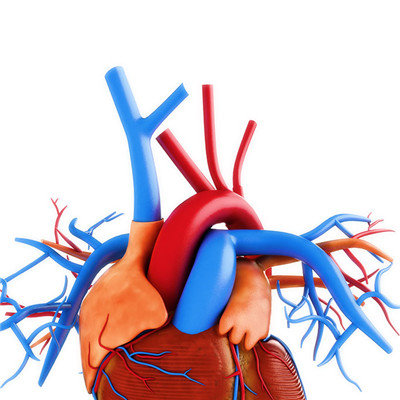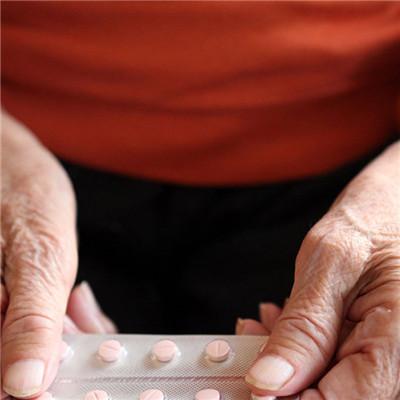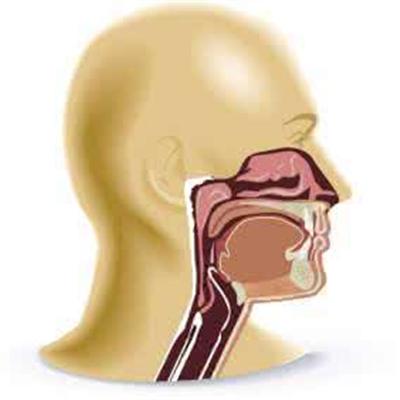What is pediatric Lai's syndrome?
summary
What is pediatric Lai's syndrome? Lai's syndrome is an acute progressive encephalopathy, also known as encephalopathy with visceral steatosis, Reye syndrome, viral encephalopathy syndrome, hepatic massive steatosis acute encephalopathy syndrome, vomiting, hepatic lipidosis, etc. This syndrome is characterized by acute encephalopathy and hepatic steatosis. It was first reported by Australian pediatric pathologist Reye in 1963.
What is pediatric Lai's syndrome?
The clinical manifestations of the disease can be summarized as "four high, four low and one normal". Four high: ① obvious acute intracranial hypertension; ② The incidence of liver damage was high; ③ Hyperammonemia; ④ The mortality is high. Four low: ① low age group; ② The incidence of jaundice was low; ③ There were few signs of ankylosis after removal of cerebral cortex or brain; ④ Hypoglycemia. One is normal, it is to point to cerebrospinal fluid routine and biochemical examination is normal for many times.

The age of onset was from 4 months to 5 years old, which could also be seen at any age. Typical RS is characterized by biphasic disease. Children often have prodromal infection, such as respiratory or digestive tract virus infection symptoms, can be accompanied by low fever, cough, runny nose, nausea, vomiting, diarrhea, etc. These changes are often ignored. Acute encephalopathy and abnormal liver function appear after a few days (sometimes very short) or 2-3 weeks. With the progress of the disease, vomiting is severe and frequent, especially in children under 1 year old. After 3-7 days, the brain disease symptoms such as high fever, frequent vomiting, convulsion and disturbance of consciousness (drowsiness or coma) were suddenly observed. Severe patients often have symptoms of central respiratory failure, such as irregular respiratory rhythm, and severe patients may have decorticated or decancephalated ankylosis. Often accompanied by circulatory disorders, hypoglycemia or diarrhea and other symptoms. Often with liver enlargement, texture tough or hard, generally not with jaundice.

So far, there is no specific treatment for RS, so comprehensive measures should be taken, mainly by strengthening nursing and symptomatic treatment. The treatment of this syndrome is focused on the rescue of encephalopathy and liver failure, which is the same as the general treatment of reducing intracranial pressure and protecting liver, but urea can not be used to reduce intracranial pressure. The main treatment is to monitor the patient's condition and focus on correcting metabolic disorders, maintaining the stability of internal environment, controlling brain edema and intracranial pressure, controlling convulsions, controlling hypoglycemia, coagulation disorders and strengthening nursing. L-carnitine supplementation may have some benefits.

matters needing attention
The prognosis of this disease is poor, early understanding of mild children and timely treatment is the key to improve the prognosis. Once there is a serious disturbance of consciousness, there is a high mortality, survivors often have serious neurological sequelae. The prognosis of Wright's syndrome is related to the severity of the disease, the speed of progression and the time of treatment. The prognosis of young patients is poor, recurrent convulsions, significantly increased blood ammonia and creatine phosphokinase, low fasting blood glucose, blood pH value less than 7.2, prothrombin time more than 13s, and significantly increased brain pressure all indicate severe condition.














